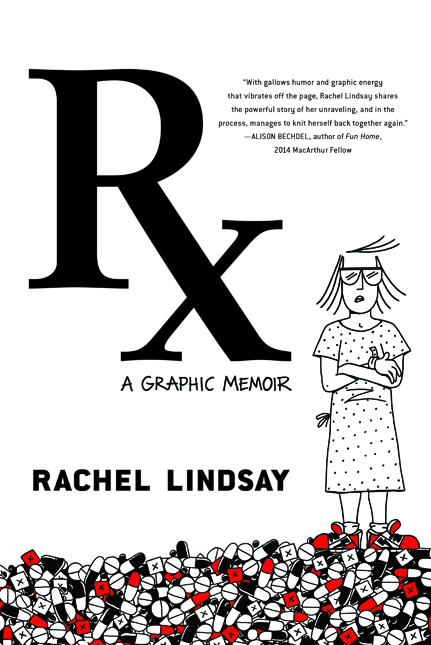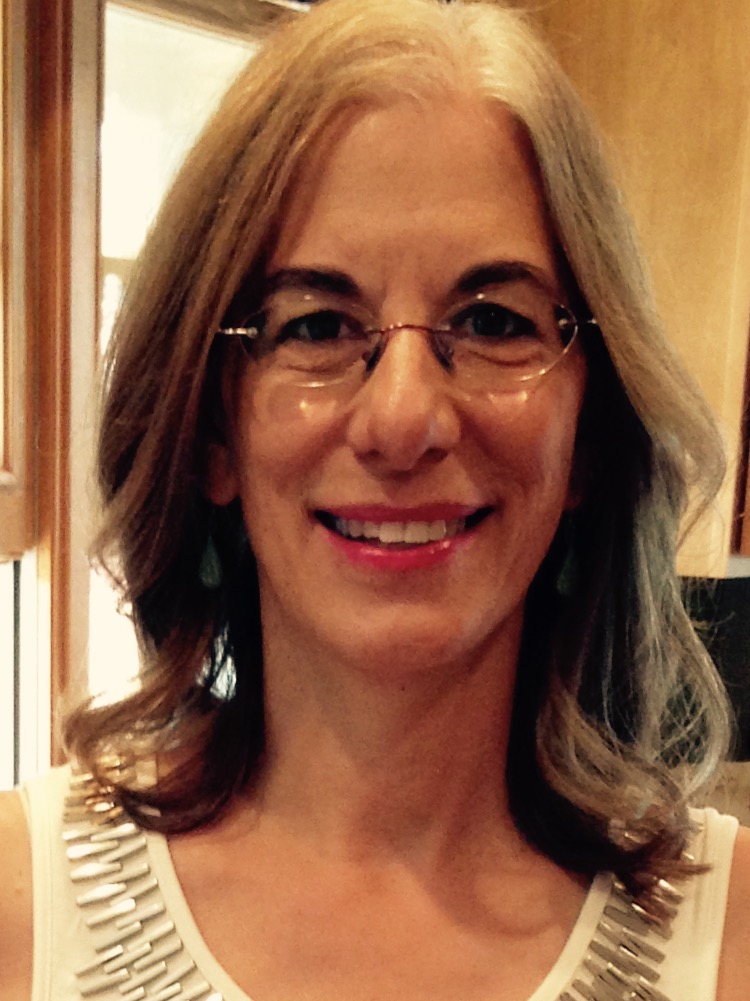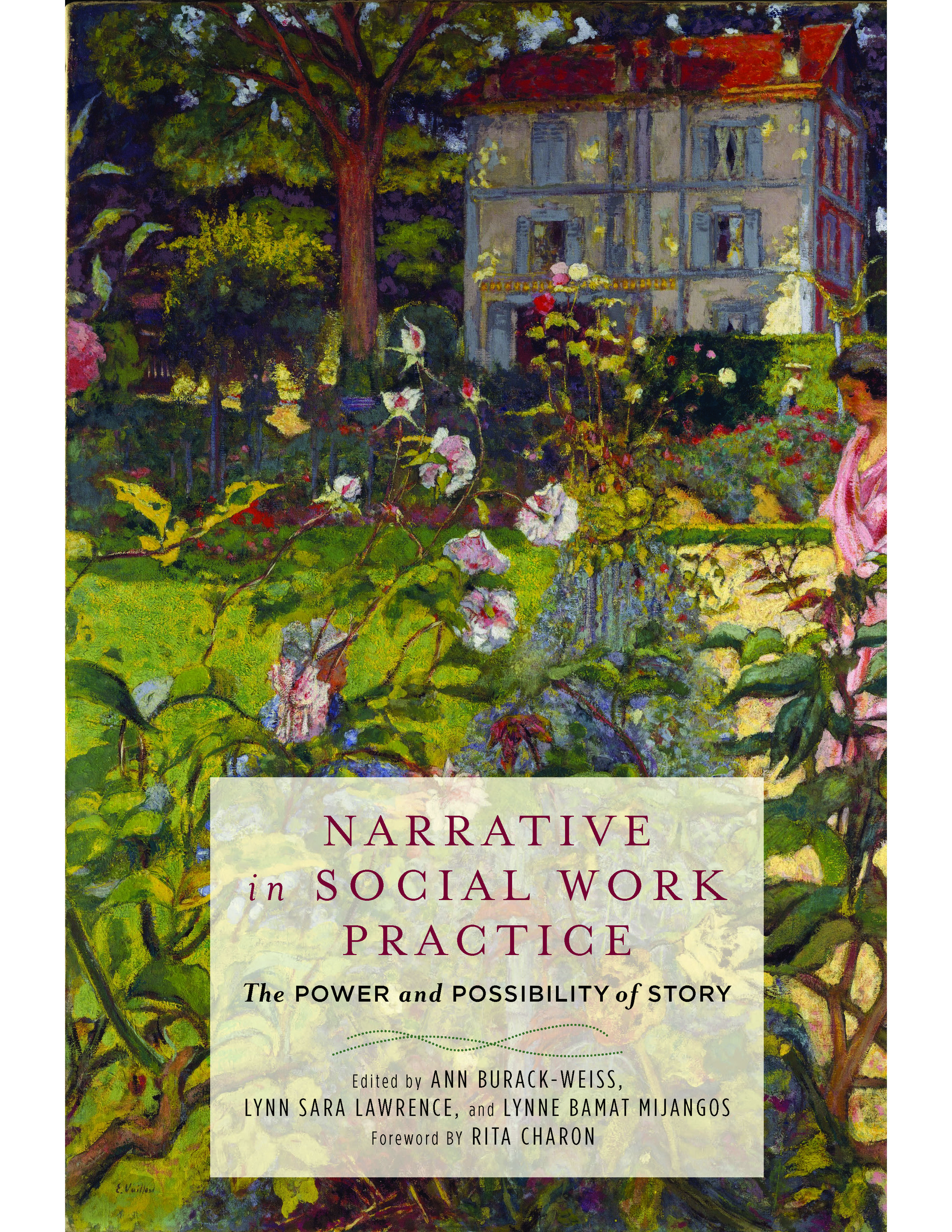Poet and essayist Anne Boyer explores the physical, cultural and social experience of breast cancer in The Undying (Farrar, Straus and Giroux, 2019). The book, part philosophical essay, part cancer memoir, part critique of modern medicine, moves in loose chronological fashion from Boyer’s diagnosis at age 41 with one of the deadliest kinds of breast cancer through her treatment and eventual cure. The book is divided into short sections collected into chapters with interesting titles like “Birth of the Pavilion,” about the center where she receives treatment, and “How the Oracle Held,” which refers to a quote by the Greek orator Aelius Aristides, whose cure relies on dreams sent to him by the god Asclepius, and whose Sacred Tales, is a record of this experience, in effect an early illness narrative.
In addition to Aristides, Boyer also situates herself among other women writers with breast cancer, many of whom died from it. Boyer’s cure relies not on dreams but on modern medicine, or what she calls a “capitalist medical universe in which all bodies must orbit around profit at all times.” She describes the dehumanizing nature of this universe in several ways, such as that diagnosis “takes information from our bodies and rearranges what came from inside of us into a system imposed from far away,” and that cancer detectors have names “made of letters: MRI, CT, PET” which turn a person “made of feelings and flesh into a patient made of light and shadows.”
When writing of her own life, Boyer’s prose evokes the style of author Lydia Davis in its crispness and specificity, its ability to rest on the cusp of poetry, fiction and nonfiction, such as in the passage: “The day I found it, I wrote the story I was always writing, the one about how someone and I had been together again, how we shouldn’t be, and how I hoped we might finally be able to stop being together soon.” Boyer, like Davis, comments about the difficulty of writing, of the inexpressibility of the pain of cancer treatment and the exhaustion that also accompanies it. The trouble finding the right words and putting them together into sentences to express these feelings, when there are none that are adequate, becomes part of the narrative.
Despite this difficulty of expression, there is much that Boyer is clear about on the subject of breast cancer, and much of it angers her: the lack of progress in breast cancer treatment; the profits made from the pink ribbon campaign; the exploitation by big Pharma and corporate medicine of a disease that mainly effects women; the brutality, costs and environmental effects of cancer treatment. She is especially incisive in pointing out the ironies and contradictions of breast cancer treatment, such as when she writes: “People with breast cancer are supposed to be ourselves as we were before, but also better and stronger and at the same time heartwrenchingly worse. We are supposed to keep our unhappiness to ourselves but donate our courage to everyone.”
The Undying leaves the reader with an understanding of issues surrounding breast cancer, and an empathetic sense of Boyer’s struggles and the immense energy and strength it took for her to survive and to write this multi-faceted book.—Priscilla Mainardi
PRISCILLA MAINARDI, a registered nurse, attended the University of Pennsylvania and earned her MFA degree in creative writing from Rutgers University. Her work appears in numerous journals, including Pulse - Voices from the Heart of Medicine, the Examined Life Journal, and BioStories. She teaches English Composition at Rutgers in Newark, New Jersey and has served on the editorial board of Intima since 2015.












